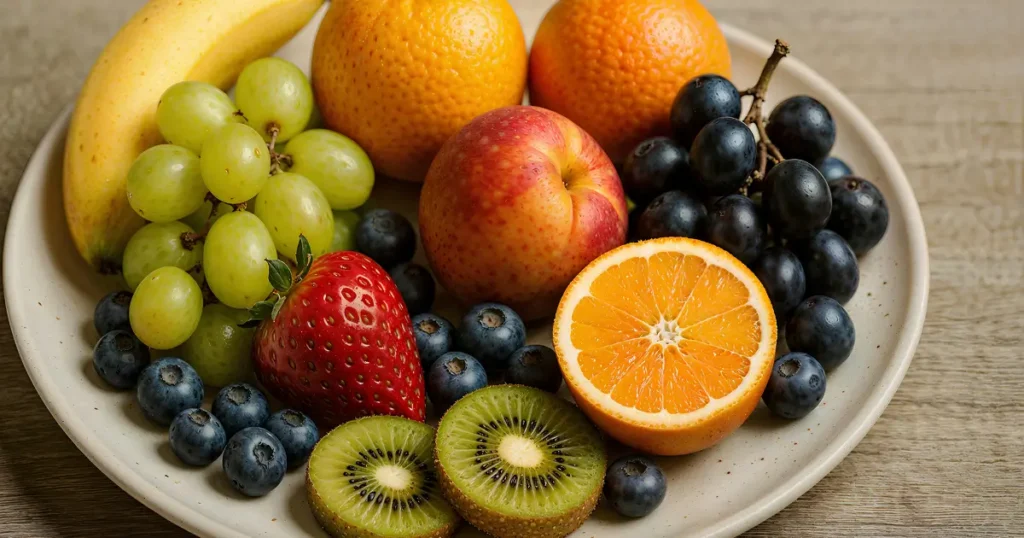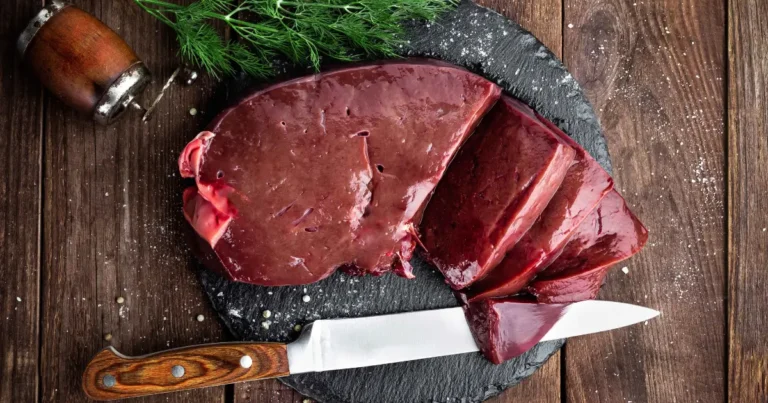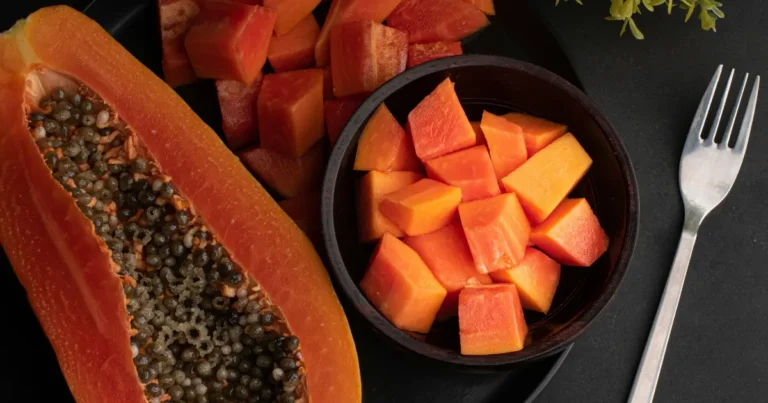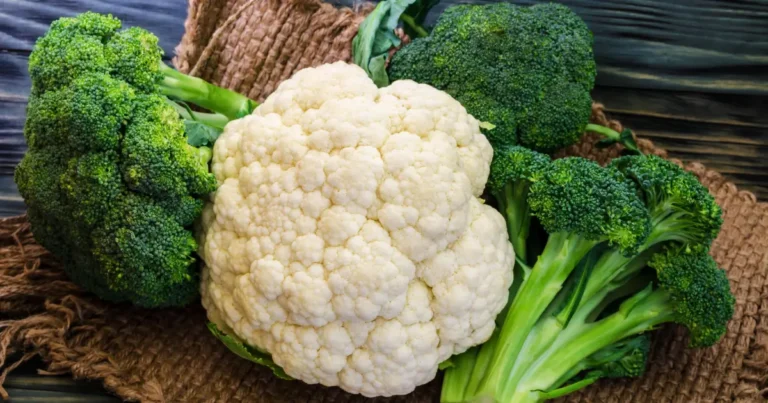What Fruits Can Dogs Eat: 15 Safe Amazing Options For Pups
As a dog owner, you’ve probably experienced those pleading puppy eyes while you’re enjoying a juicy piece of fruit. It’s natural to wonder: What fruits can dogs eat safely? While dogs are primarily carnivores, incorporating certain fruits into their diet can provide valuable nutrients and serve as healthy, low-calorie treats. “What fruits can dogs eat?” is a question that many pet owners have. because they want to share healthy snacks with their furry friends. This comprehensive guide will help you understand which fruits are safe for your canine companion, what fruits can dogs eat regularly, how to serve them properly, and which ones to avoid altogether.
Table of Contents
The Benefits of Feeding Fruits to Dogs

Adding appropriate fruits to your dog’s diet can offer numerous health benefits. Understanding what fruits can dogs eat is important because the right choices provide essential vitamins, minerals, and antioxidants that support overall health. Fruits that are safe for dogs are also high in fiber, which promotes good digestive health and can help manage weight.
When considering what fruit is safe for dogs, remember that these nutritious treats can:
- Boost immune function through vitamins A and C
- Improve digestive health with natural fiber
- Support hydration due to high water content
- Provide antioxidants that fight free radicals
- Offer low-calorie alternatives to commercial treats
While fruits can be good for dogs, they should always be considered supplementary to a balanced canine diet. Even fruits ok for dogs should make up no more than 10% of your dog’s daily caloric intake.
General Guidelines for Feeding Fruits to Dogs
Before exploring what fruits can dogs eat specifically, let’s establish some general guidelines for safely introducing fruit into your dog’s diet:
- Before giving fruits to your dog, always remove the seeds, pits, stems, and rinds.
- Start with small amounts to ensure your dog doesn’t have an adverse reaction
- Cut fruits into appropriate sizes to prevent choking hazards
- Introduce new fruits gradually, one at a time
- Avoid fruits with added sugar, artificial sweeteners, or preservatives
- Wash every fruit well to get rid of contaminants and pesticides.
- Consider your dog’s size, weight, and existing health conditions when determining portion sizes
Remember that moderation is key when feeding any treat, including fruits that are good for dogs. Even the healthiest options can cause digestive upset if fed in large quantities.
15 Safe Fruits for Dogs

Let’s explore the fruits that dogs can safely enjoy, along with their specific benefits and serving suggestions.
1. Apples
Apples are a fantastic low-calorie snack for dogs. They contain vitamins A and C, as well as fiber. Since apple seeds contain trace amounts of cyanide, which can be dangerous in large quantities, it is always best to remove the core and seeds.
How to serve: Cut into slices or small chunks with the skin on for added fiber.
2. Bananas
Many dogs love bananas because they are a potassium-rich treat. They’re also high in fiber, vitamins, and biotin. However, because of their high sugar content, bananas should be offered in moderation.
How to serve: Slice into small pieces or mash a small amount into your dog’s food.
3. Blueberries
These tiny superfoods are packed with antioxidants and phytochemicals that support overall health. Blueberries are low in calories but high in vitamin C and fiber, making them an excellent treat option.
How to serve: Offer fresh or frozen as a cool summer treat.
4. Strawberries
Strawberries are rich in antioxidants, fiber, and vitamin C. They also contain an enzyme that can help whiten your dog’s teeth. Although they have less sugar than many other fruits, they are naturally sweet.
How to serve: Remove the stem and cut into appropriate pieces based on your dog’s size.
5. Watermelon
Watermelon is 92% water, making it an excellent hydrating treat during hot weather. Vitamins A, B6, and C are also present.
How to serve: Remove all seeds and cut the flesh into bite-sized pieces. While some dogs can eat the light pink flesh near the rind, the watermelon rind itself should be removed as it can cause gastrointestinal upset.
6. Cantaloupe
This melon is high in water content and provides vitamins A, B6, and C, along with fiber. Many dogs enjoy the sweet taste, but since cantaloupe contains a lot of sugar, it’s best to eat it in moderation.
How to serve: Remove the rind and seeds, then cut the flesh into small pieces.
7. Cranberries
As with humans, cranberries can help dogs’ urinary tracts stay healthy. They’re low in sugar and high in vitamins C, E, and K.
How to serve: Fresh or frozen cranberries can be served in small amounts. Steer clear of cranberry juice or sauce, which frequently has added sugar.
8. Mango
Vitamins A, B6, C, and E are abundant in mangoes. They also contain beta-carotene and alpha-carotene, as well as potassium.
Peel the mango and remove the pit, which contains trace amounts of cyanide and can choke a child, before serving. Cut the meat into small pieces.
9. Oranges
While some dogs may turn away from citrus due to the smell, oranges can be a healthy treat in small quantities. They’re high in vitamin C, potassium, and fiber.
How to serve: Remove the peel, white film, and seeds. Offer small segments appropriate for your dog’s size.
10. Peaches
For your dog, fresh peaches can be a delicious summertime treat. They’re packed with vitamins A and C and contain fiber. However, the pit contains cyanide and is a choking hazard, so it must be completely removed.
How to serve: Offer small, bite-sized pieces of fresh peach flesh with the pit completely removed.
11. Pineapple
Rich in vitamins, minerals, and bromelain (an enzyme that helps dogs absorb proteins), pineapple is a nutritious treat. It contains vitamins B6 and C, thiamin, riboflavin, and minerals like manganese.
How to serve: Remove the spiky skin and core, then offer small chunks of the flesh.
12. Raspberries
Low in sugar and calories but high in fiber, vitamin C, and anti-inflammatory properties, raspberries can be a healthy addition to your dog’s treat rotation. They do contain small amounts of xylitol, a natural sweetener that can be toxic to dogs in large quantities, so keep portions small.
How to serve: Offer fresh or frozen raspberries as occasional treats.
13. Kiwi
Kiwi is a great source of fiber, potassium, and vitamin C. This nutrient-dense fruit supports immune function and digestive health.
How to serve: Peel the fuzzy skin and cut the flesh into small pieces.
14. Blackberries
Like their berry cousins, blackberries are full of antioxidants and fiber while being low in sugar and calories.
How to serve: Offer fresh or frozen blackberries in small quantities.
15. Coconut
Dogs may benefit from small amounts of fresh coconut meat. It contains lauric acid, which can help combat viruses and may improve skin and coat health.
How to serve: Offer small amounts of fresh coconut meat, never the shell, which can cause intestinal blockage.
Fruits to Avoid – Dangerous for Dogs
Dogs can safely eat a lot of fruits, but some can be harmful or toxic. Here’s a list of fruits your dog should never eat:
- Grapes and raisins: Can cause kidney failure even in small amounts
- Cherries: The pits, stems, and leaves contain cyanide
- Avocados: They contain persin, which can make your dog throw up and have diarrhea.
- Tomatoes: The green portions of tomatoes contain solanine, which is poisonous to dogs.
- Lemons and limes: Can cause digestive upset and may lead to central nervous system depression if consumed in large amounts
- Dates, while not toxic to dogs, should be offered very sparingly due to their extremely high sugar content.
Be particularly vigilant about keeping grapes and raisins away from your dog, as even small amounts can lead to severe kidney damage in some dogs.
How to Properly Prepare Fruits for Dogs
Proper preparation of fruit is essential for your dog’s safety. Here are the key steps to follow:
- Wash every fruit well to get rid of bacteria, dirt, and pesticides.
- Remove any inedible or dangerous parts, including seeds, pits, stems, and rinds
- Cut fruit into appropriate sizes based on your dog’s size to prevent choking
- Serve at an appropriate temperature – room temperature or slightly chilled is usually best
- Consider your dog’s preferences – some may prefer frozen fruit as a cool treat
For most fruits, simple is best – raw and minimally processed allows your dog to get the maximum nutritional benefit. Avoid canned fruits packed in syrup or fruits prepared with added sugars, artificial sweeteners, or spices.
Serving Sizes and Frequency Guidelines for Fruits OK for Dogs
When deciding what fruits can dogs eat in your household, appropriate portion sizes are crucial. Even with fruits ok for dogs, moderation is key. Here’s a general guide based on dog size:
| Dog Size | Recommended Fruit Portion | Serving Frequency |
|---|---|---|
| Tiny (2-9 lbs) | 1-2 small pieces or 1 teaspoon | 2-3 times per week |
| Small (10-25 lbs) | 2-3 small pieces or 1 tablespoon | 2-3 times per week |
| Medium (26-50 lbs) | 1-2 tablespoons | 3-4 times per week |
| Large (51-90 lbs) | 2-3 tablespoons | 3-4 times per week |
| Giant (91+ lbs) | 1/4 cup maximum | 3-4 times per week |
Keep in mind that these are only recommendations and that various dogs may have varying tolerances. When choosing the right serving sizes, the following factors should be taken into account:
- Your dog’s current weight and health status
- Activity level
- Age
- Any existing health conditions
- The particular fruit being served (there are wide variations in sugar content)
When introducing fruits that are good for dogs into their diet, start with very small amounts and gradually increase to the recommended portion size while monitoring for any adverse reactions.
Signs of Adverse Reactions to Watch For
While many fruits are safe for dogs, individual dogs may have sensitivities or allergies. Watch for these signs after introducing a new fruit:
- Vomiting or diarrhea
- Excessive drooling
- Itching or skin rashes
- Coughing, wheezing, or difficulty breathing
- Lethargy or unusual behavior
- Decreased appetite
If you notice any of these symptoms after feeding your dog fruit, discontinue offering that particular fruit and consult with your veterinarian if symptoms persist or worsen.
Special Considerations for Specific Fruits Good for Dogs
There are several unique factors for particular fruits that warrant consideration in addition to the general list of fruits that dogs can eat. Keep the following possibilities in mind when deciding whether fruit is safe for the dogs in your care:
Papaya
Papaya is rich in digestive enzymes that can aid your dog’s digestion. It is also a great source of vitamins A, C, E, and K. The seeds and skin should always be removed before giving your dog papaya.
Applesauce
Unsweetened, plain applesauce can be a good option for dogs who have trouble chewing or can serve as a vehicle for medication. Steer clear of brands that use artificial sweeteners or added sugar.
Dates
While not toxic to dogs, dates are extremely high in sugar and should only be given rarely and in very small amounts. They can contribute to obesity and dental issues if fed regularly.
Mandarins
Like oranges, mandarins are not toxic but should be limited due to their sugar content. Some dogs may not enjoy the citrus flavor.
Guava
Guava is high in vitamin C and fiber. The seeds in guava are generally considered safe for dogs, unlike many other fruit seeds.
Persimmons
Ripe persimmons can be offered in small amounts. However, unripe persimmons, seeds, and pits can cause intestinal blockage.
Pears
Pears are high in fiber, vitamins C and K, and copper. Prior to giving your dog pears, always remove the seeds and core.
Watermelon Rind and Peel
While the flesh of watermelon is safe and healthy for dogs, the watermelon rind (the white part) and the green outer peel should be avoided. The rind is difficult to digest and may cause gastrointestinal upset, while the peel could cause intestinal blockage if consumed in large pieces.
Key Takeaways About What Fruits Can Dogs Eat
- Many fruits can be healthy additions to your dog’s diet when served properly
- Before giving your dog fruit, always take out the seeds, pits, and rinds.
- Start with small amounts when introducing new fruits
- Limit fruit to 10% or less of your dog’s daily caloric intake
- Certain fruits, such as cherries and grapes, are poisonous to dogs and should be completely avoided.
- Consider your dog’s size, health, and preferences when selecting fruits good for dogs
- Watch for signs of adverse reactions when introducing new fruits ok for dogs
- What fruits can dogs eat varies by individual. Always monitor your pet’s response
Conclusion
Now that you understand what fruits can dogs eat safely, you can confidently offer these healthy treats as part of a balanced diet. Knowing what fruit is safe for dogs empowers you to make better nutritional choices for your pet. Remember that while fruits good for dogs offer valuable nutrients, they should complement, not replace, your dog’s regular meals. By following the guidelines on what fruits can dogs eat in this article, you can safely incorporate fruits ok for dogs into your pet’s diet, providing variety and nutritional benefits.
Always consult with your veterinarian before making significant changes to your dog’s diet, especially if your pet has existing health conditions, allergies, or dietary restrictions. With proper preparation and moderation, fruits can be a delightful and nutritious addition to your dog’s treat rotation.
Frequently Asked Questions
Can dogs eat fruit every day?
While many fruits are safe for dogs, they should be considered treats rather than daily staples. When figuring out what fruits can dogs eat on a regular basis, remember that treats (including fruit) should make up no more than 10% of your dog’s daily caloric intake. It’s best to rotate different fruits good for dogs throughout the week rather than offering the same fruit daily.
Are pups able to consume the same fruits as adults?
Puppies can generally eat the same safe fruits as adult dogs, but in smaller quantities. Their digestive systems are more sensitive, so introduce new fruits one at a time and in very small amounts. Always consult with your veterinarian before introducing fruits to your puppy’s diet.
What makes raisins and grapes so harmful to dogs?
Researchers haven’t identified the exact compound in grapes and raisins that causes toxicity in dogs, but even small amounts can lead to kidney failure in some dogs. The toxic response varies between individuals – some dogs may eat grapes with no apparent effect, while others experience severe reactions from just a few grapes. All dogs should completely avoid grapes and raisins because it is impossible to predict which dogs will be impacted.
Can fruit replace commercial dog treats?
Fruits that are safe for dogs can be excellent alternatives to commercial treats, especially for dogs who need to lose weight or those with certain health conditions. They’re generally lower in calories and higher in nutrients than many processed treats. However, fruits have a higher sugar content than many other foods in a dog’s diet, so they should still be given in moderation.
What are the signs of a fruit allergy in dogs?
Signs of food allergies in dogs include itchy skin, ear infections, gastrointestinal upset, and, in rare cases, respiratory symptoms. Remove that fruit from your dog’s diet and speak with your veterinarian if you think they may have a fruit allergy. To pinpoint the precise allergen, they might suggest allergy testing or an elimination diet.







